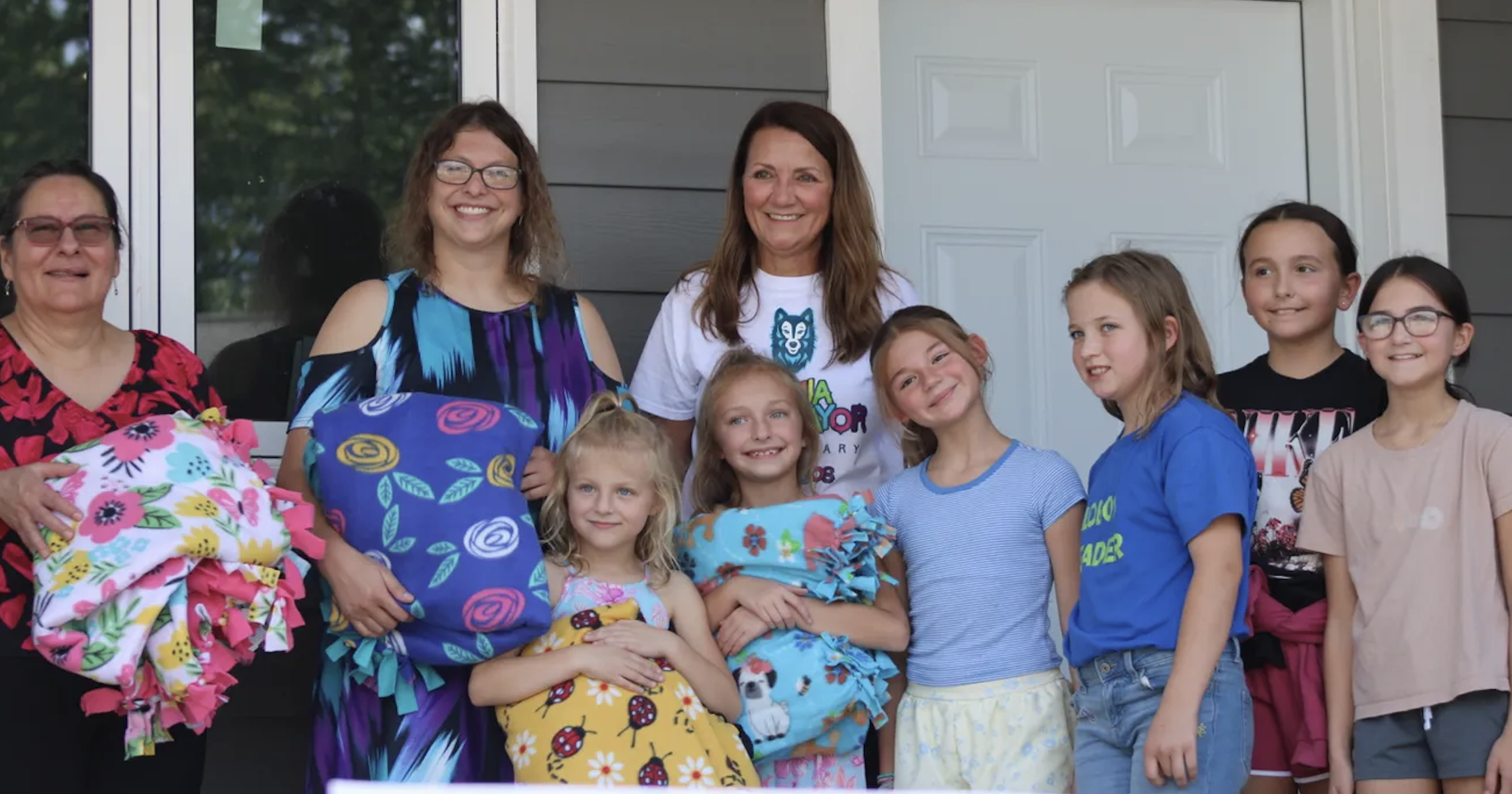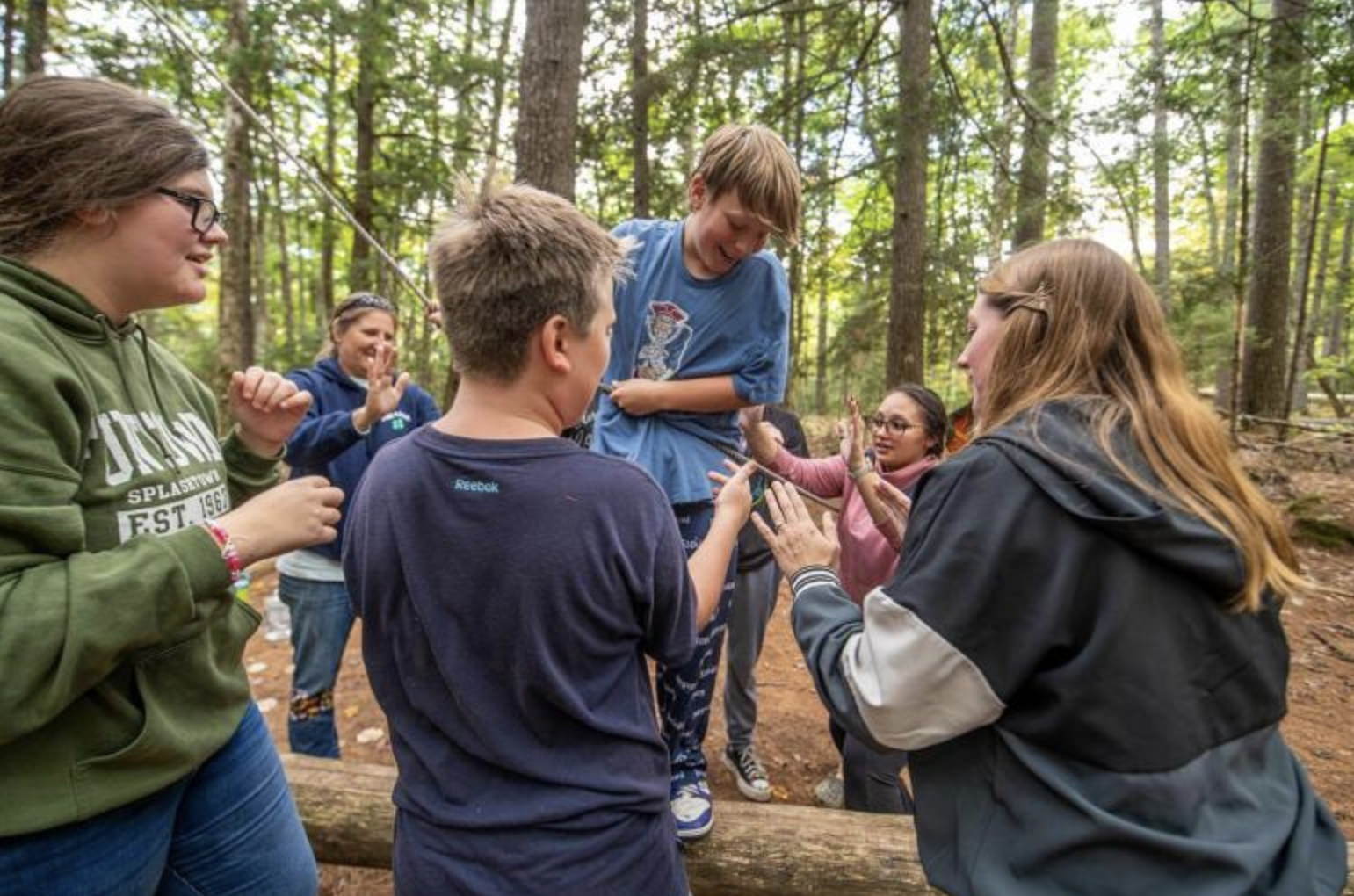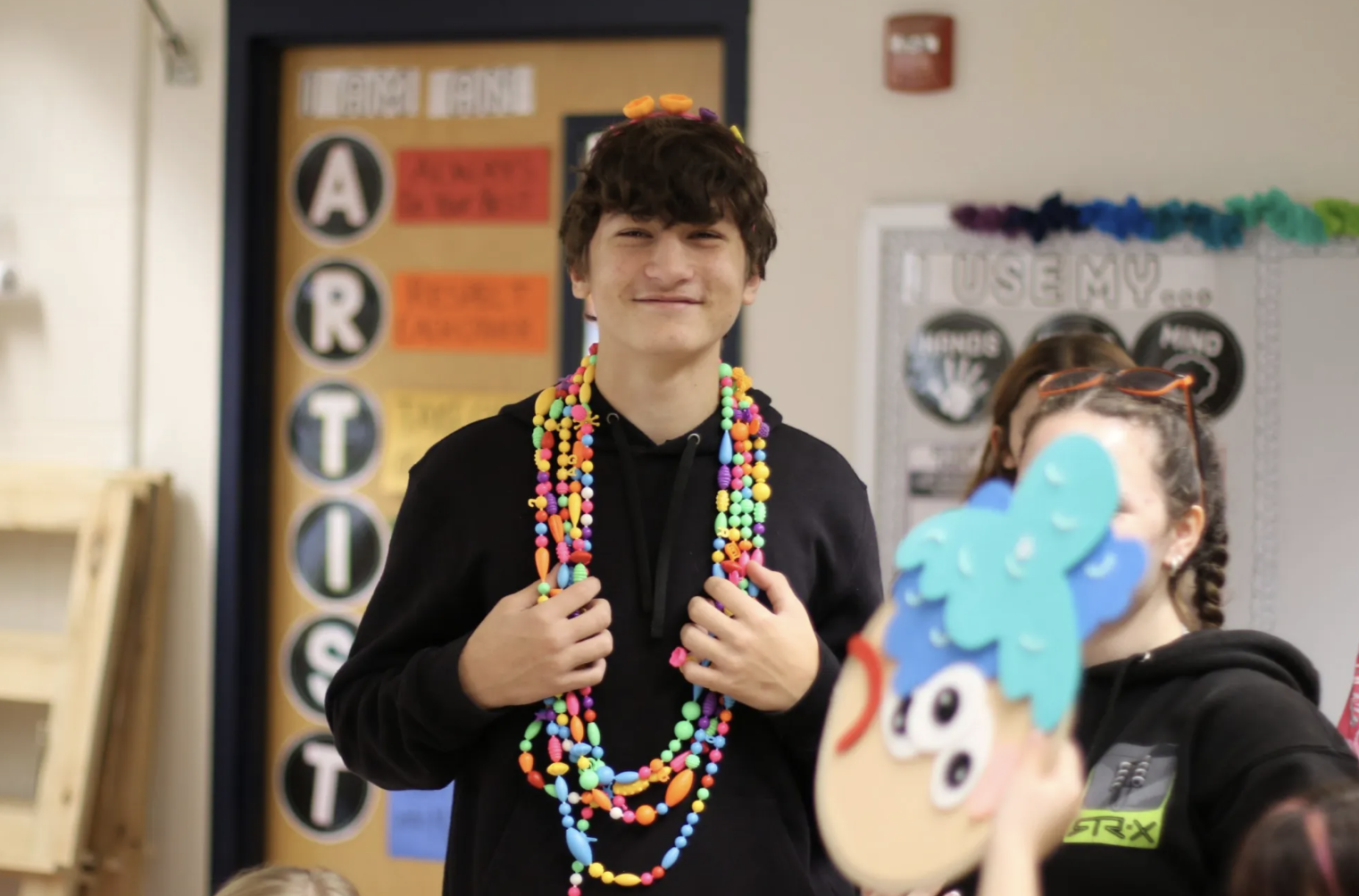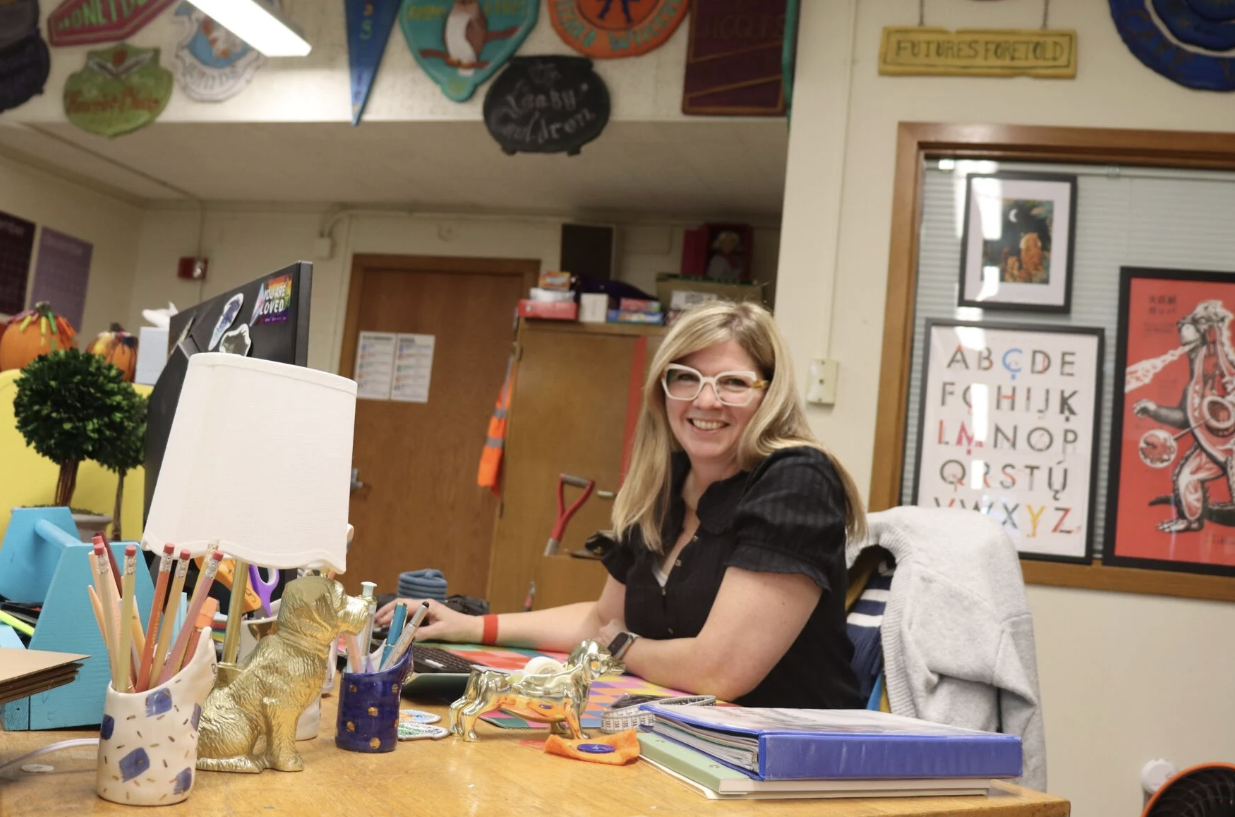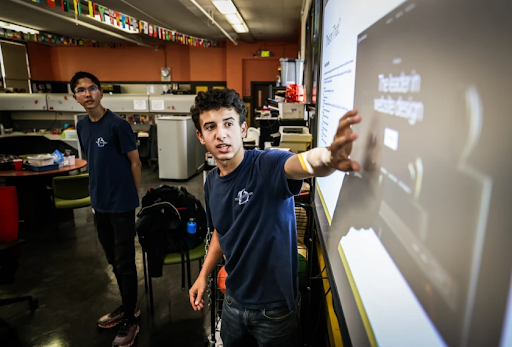Jump to: Top Tasks | From the Field | Key Resources | Moments of Resilience
It is week 40 of our new education reality and as 2020 comes to a close, we wanted to use this last roundup of the year to look back with gratitude on all the ways that education leaders, journalists and advocates stepped forward to illuminate the needs of kids and the concrete steps we can and should take to meet them.
When we launched the New Reality Roundup back in March, we hoped that a newsletter collecting all these resources in one place might make it a little easier to put the needs of kids first in our response to this crisis. We are as inspired today as we were in those initial weeks of all the ways–big and small–that Americans have risen to the challenge.
Last week, we welcomed back Doug Lemov for a video interview on strengthening virtual learning and also looked at districts that are leading the way forward in ensuring that the most at-need students could return to school buildings first.
This week, in our final Roundup of 2020, we bring together a list of articles, interviews and resources that made a difference as we navigated this unprecedented time together.
SUBSCRIBE
From all of us at 50CAN, we wish you safe and happy holidays. The New Reality Roundup will be back on January 11th, 2021.
TOP TASKS
Express gratefulness for educators and advocates who have navigated a challenging year
When the American education system confronted a challenge unlike any it had seen before, educators and advocacy leaders across the country stepped up to meet the moment. Parent groups organized to ensure that the voices and experiences of families were being heard by public officials. Educators and innovators built new online curricula and shared best practices to strengthen virtual learning. District leaders, grappling with immense financial and logistical challenges, found new ways to connect with students. And policy advocates helped ensure that new resources made their way directly to students and their families.
Over the past 40 weeks, we featured the work of countless educators and advocates making a difference in 2020. Here are some of favorites:
- Keri Rodrigues and her team launched the National Parents Union to give voice to low-income parents, parents of color and special needs parents, among others. Their toolkits and polling have already proved invaluable to many families and policymakers across the country.
- Doug Lemov, the author of Teach Like a Champion, has been a guiding light for many educators as they’ve navigated the shift to online learning. His new book, Teaching in the Online Classroom, is out now, and we discussed the highlights in a 50CAN video interview.
- ConnCAN’s Subira Gordon ensured that fixing the inequitable technological divide was an early priority in the Constitution State, in what became a blueprint for many other states across the country.
- Chris Stewart of Brightbeam and Citizen Ed held a series of discussions with educators and advocates, “Education is Power,” that were both provocative and informative.
- Dr. Susan Dyrnaski pointed out the economic crisis awaiting American schools in a New York Times editorial, galvanizing a national conversation.
- Nina Rees, among others, played a critical role in demanding that stimulus dollars go where they were most needed.
- I was thankful for the opportunity, in the wake of George Floyd’s murder, to hold a candid conversation with 50CAN’s Derrell Bradford.
- Superintendent Chad Gestson of Phoenix Union emerged early on as a model of district leadership during the pandemic, coupling bold thinking and a relentless focus on the student experience to solve problems other districts couldn’t surmount.
- Sarah Carpenter and her Powerful Parent Network proved that no politician had too big a spotlight to be held accountable for policy positions that would affect parents of color.
Express gratefulness for the education journalists who kept us informed
Back in March, we issued a call for districts to find the missing kids, spurred by exceptional reporting from Howard Blume and Sonali Kohli of the Los Angeles Times. Within days, that reporting was coupled with other pieces from the New York Times and Huffington Post that sparked immediate actions by districts across the country. It was an early indicator of the deeply important role that education journalists would play in informing the public about the state of an education system in crisis. They did so, often without the ability to meet sources in person, and shaped our understanding of both the pandemic and how our schools were responding.
Here are some of the stories we found the most illuminating in 2020:
- The CT Mirror‘s Jaqueline Rabe Thomas, in the first major article we published in this newsletter, identified the technological equity gaps that would become a major problem for advocates and officials to solve during the early pandemic.
- Erica Green, writing for The New York Times, powerfully examined Covid-19’s effect on the lives and education of incarcerated students in the juvenile justice system.
- Matt Barnum of Chalkbeat was among the first to really dig into the immense impact that school closures and the economic downturn would have on student learning.
- Alexander Russo’s The Grade covered a huge number of education stories this year, but one of our favorites was a long-form take on the need for more coverage of educational redlining.
- Dana Goldstein of the New York Times highlighted the widening of achievement gaps during the pandemic, including portraits of both low and high-income families.
- Rebecca Klein and Emily Peck, of the Huffington Post, examined the pandemic’s potential generational impact.
- Eliza Shapiro, writing about the local politics of New York City, portrayed the chaotic education decisions made by the nation’s largest school district in a way that resonated and drew parallels with those being made across the country.
FROM THE FIELD
Given the ever-shifting challenges presented by the pandemic, 2020 marked the first year where we revised our campaign goals in the spring and coupled them with an additional set of fall campaign goals to meet the needs of parents across the country. As the year draws to a close, we’re buoyed by our network achieving 34 policy victories, the largest number of wins in our 10-year history.
Some of the highlights from work of our local teams:
- CarolinaCAN was instrumental in the passing of a pandemic relief bill that provided $335 to parents for educational needs, coupled with an expansion of the state’s Opportunity Scholarship program.
- TennesseCAN’s Victor Evans, in a series of op-eds, asked for stimulus funds to be used for direct educational aid for students and families, building a public campaign that culminated in a victory.
- Transform Education Now in Colorado launched a public pressure campaign with hundreds of parent phone calls, resulting in the Adams 12 district making learning pods an option for parents and Commerce City providing parents with $1,600 in direct grants for educational expenses. They also achieved an important win in ensuring that virtual learning would be recorded, giving parents and students asynchronous access.
- TennesseeCAN also fought for expanding technological access for every school-age child, resulting in >over $60 million allocated for that purpose.
- DelawareCAN, NewMexicoKidsCAN and GeorgiaCAN all tracked district and school reopening plans, allowing parents and elected officials to make comparisons.
- HawaiiKidsCAN’s WiFi on Wheels program became the talk of the state and so promising that elected officials decided to invest in an expansion.
- JerseyCAN issued a dramatic report on the condition of New Jersey’s educator workforce, with strong suggestions on how to improve over time.
- ConnCAN spearheaded the need to close the digital divide, resulting in Governor Lamont announcing a $43.5 million program.
- NewMexicoKidsCAN expanded the state’s Pandemic EBT program, giving students and families access to meals they desperately needed.
- 50CAN published two new policy briefs, Fund Everything and Measure Everything, to chart a new agenda for our school system for the pandemic and beyond.
Key Resources
Over the course of 2020, we shared hundreds of resources for advocates, educators, district leaders and policymakers to consider. Here are 15 of the most widely-shared:
- EdWeek created a district and state closure map that, particularly in the ever-shifting first months of the pandemic, proved to be invaluable.
- CRPE’s tracking of districts throughout the pandemic became a key resource for many advocates and journalists struggling to gain clarity of what was happening across the country.
- Chiefs for Change, which played a critical role in helping district leaders understand best practices in an unprecedented situation, curated an essential resource page.
- yes. every kid’s “Learn Everywhere” campaign gave parents, suddenly thrust into the role of educators, a valuable guide. They also launched a pandemic policy playbook, setting priorities of flexibility and family empowerment that informed a number of advocacy efforts over the past months.
- The National Conference of State Legislatures maintained a bill tracker on public education’s response to the coronavirus pandemic.
- EdChoice examined the financial impact of parents exercising a greater amount of choice during the pandemic.
- Success Academy made the early decision to release six weeks of their distance learning plans, giving educators a much-needed resource.
- EdBuild’s “Clean Slate” report charted ways to reform school financing systems to get more dollars into school buildings.
- FutureED took up the question of assessment and measurement during the pandemic, offering a blueprint for how schools should assess.
- McKinsey looked at the economic impact of the learning loss caused by Covid-19, with dramatic findings.
- NPR tracked the shift in student enrollment, including the drift away from district schools as a result of the pandemic.
- Bellwether looked at the financial levers available to districts to avoid children experiencing the brunt of major cuts.
- The State Policy Network looked at regulations facing learning pods and how they could be removed.
Moment of Resilience
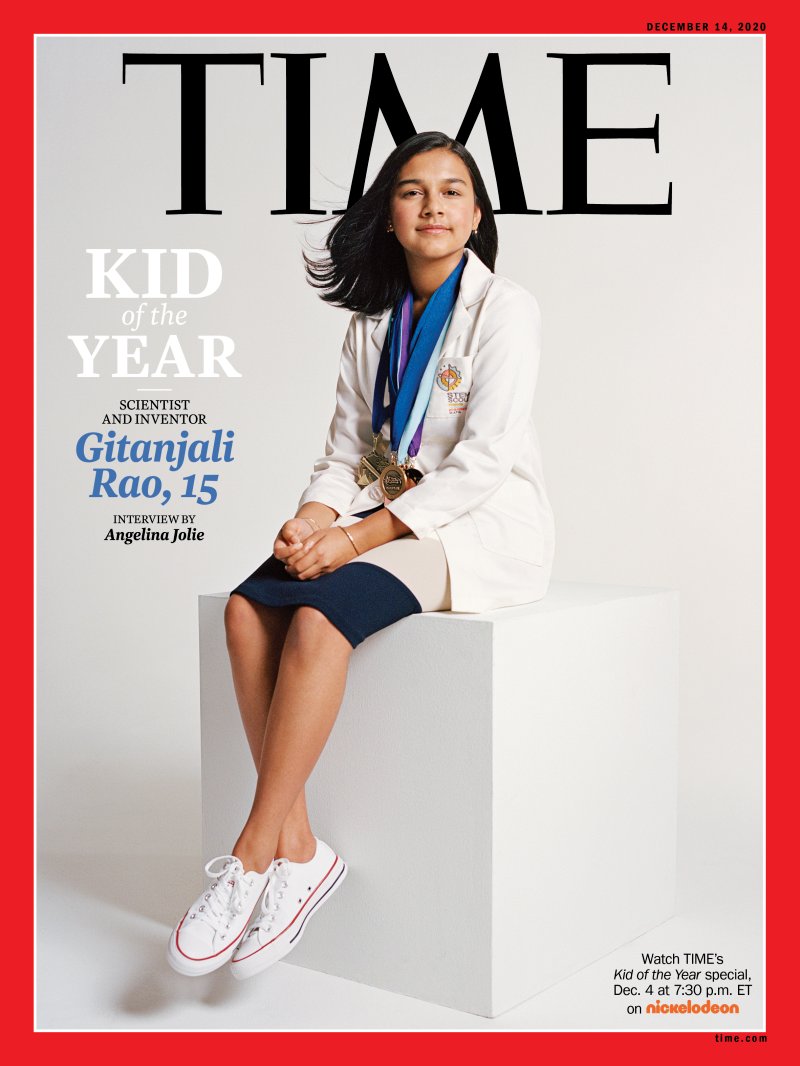
“I was like 10 when I told my parents that I wanted to research carbon nanotube sensor technology at the Denver Water quality research lab, and my mom was like, ‘A what?’,” explains 15-year old scientist Gitanjali Rao, who was just named TIME Magazine’s first-ever Kid of the Year. “It was just that changing factor of, you know this work is going to be in our generation’s hands pretty soon. So if no one else is gonna do it, I’m gonna do it.”


